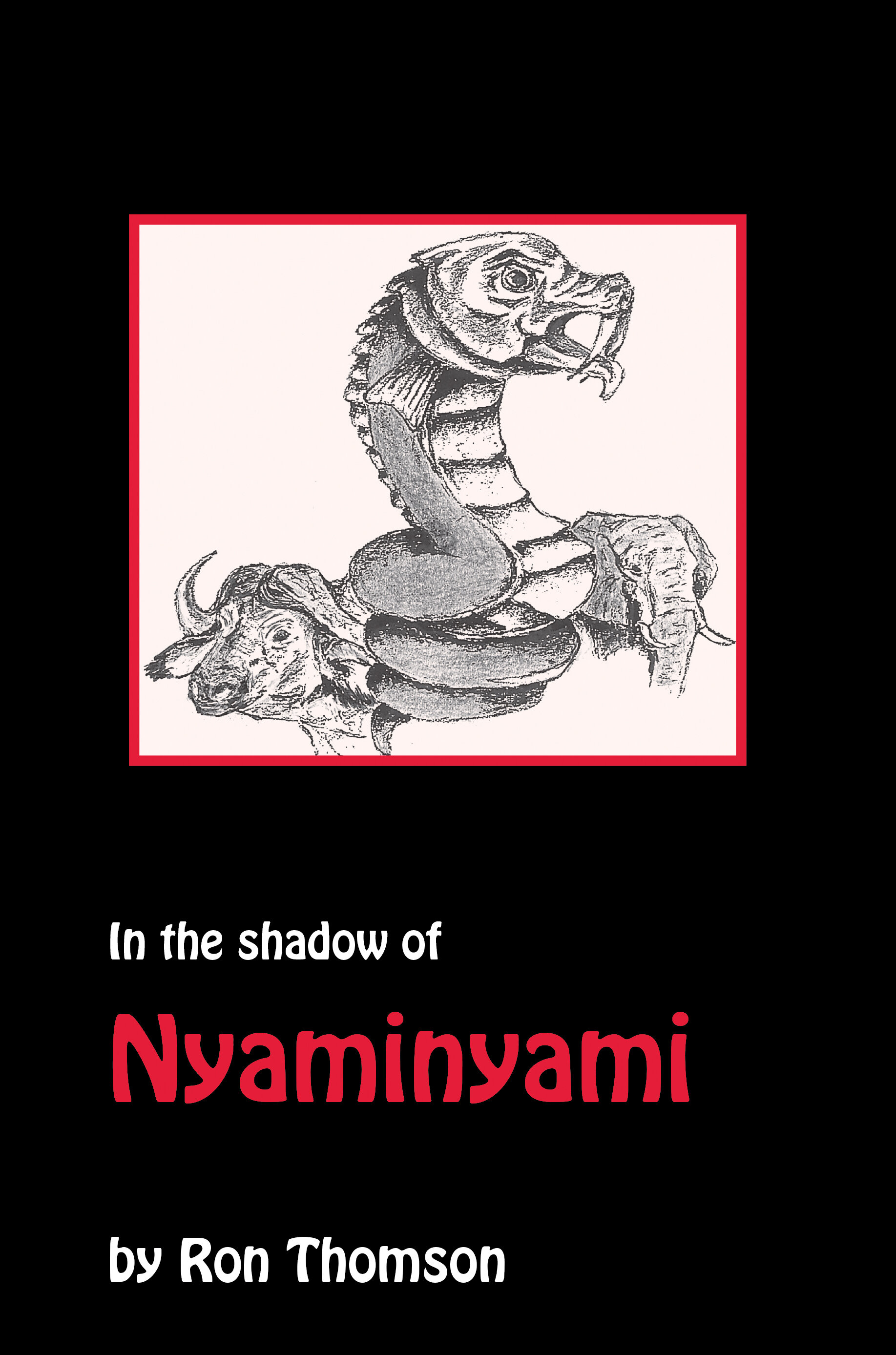 Image 1 of 3
Image 1 of 3

 Image 2 of 3
Image 2 of 3

 Image 3 of 3
Image 3 of 3




In the Shadow of Nyaminyami
This book is the THIRD in a series of six comprising the author’s big game hunting memoirs. It covers the period 1964 to 1968 when the author was the Senior Game Ranger-in-charge of the 5000 sq. mile Binga District - which is located in the middle Zambezi Valley. Lake Kariba had filled to capacity for the first time in 1963 and it displaced 57 000 primitive Batonka tribespeople who had had to resettle in the hinterland away from the lake. 14 000 of them were located in the Binga district. Hundreds of thousands of wild animals had also been forced to move away from their old habitats now under the water - and they, too, resettled in the same hinterland areas occupied by the Batonka. It was the author’s job to sort out whatever areas of conflict arose between them. This resulted in him having to shoot very large numbers of elephants and buffaloes because they raided the people’s crops nightly; and he shot several lions, leopards and hippopotami, too. Elephants and buffaloes that drifted out of the valley into the highveld farming areas took the tsetse fly with them and the national cattle herd started to die of nagana - the fatal cattle disease that is carried by tsetse flies. This necessitated an elephant and buffalo eradication programme that lasted four years - to protect the national cattle herd from nagana. During the five years the author was at Binga he hunted more big game animals than at any other time during his entire career.
This book is the THIRD in a series of six comprising the author’s big game hunting memoirs. It covers the period 1964 to 1968 when the author was the Senior Game Ranger-in-charge of the 5000 sq. mile Binga District - which is located in the middle Zambezi Valley. Lake Kariba had filled to capacity for the first time in 1963 and it displaced 57 000 primitive Batonka tribespeople who had had to resettle in the hinterland away from the lake. 14 000 of them were located in the Binga district. Hundreds of thousands of wild animals had also been forced to move away from their old habitats now under the water - and they, too, resettled in the same hinterland areas occupied by the Batonka. It was the author’s job to sort out whatever areas of conflict arose between them. This resulted in him having to shoot very large numbers of elephants and buffaloes because they raided the people’s crops nightly; and he shot several lions, leopards and hippopotami, too. Elephants and buffaloes that drifted out of the valley into the highveld farming areas took the tsetse fly with them and the national cattle herd started to die of nagana - the fatal cattle disease that is carried by tsetse flies. This necessitated an elephant and buffalo eradication programme that lasted four years - to protect the national cattle herd from nagana. During the five years the author was at Binga he hunted more big game animals than at any other time during his entire career.
